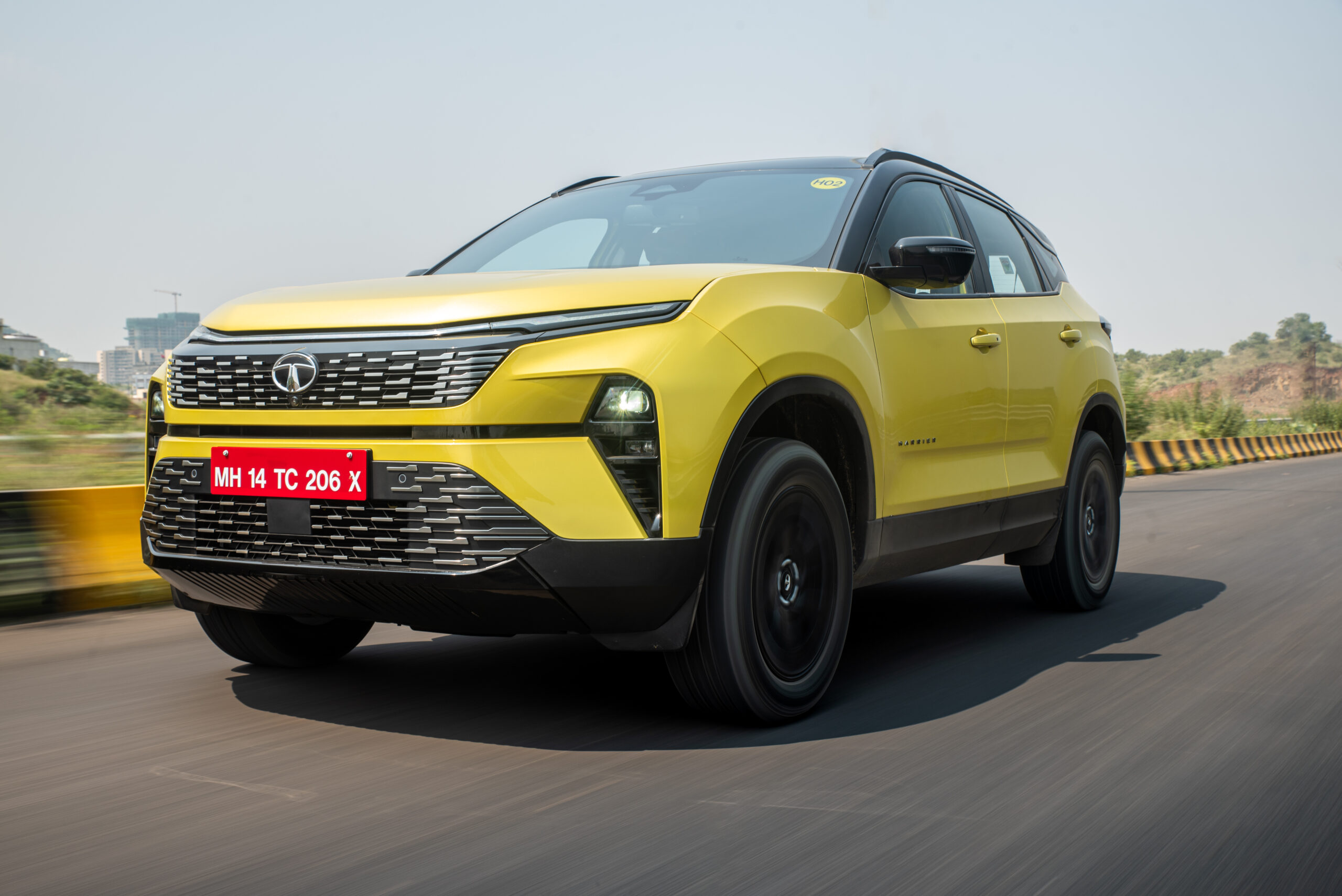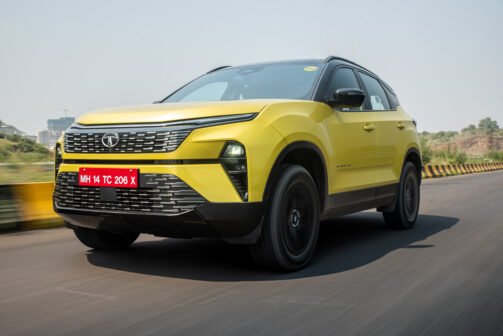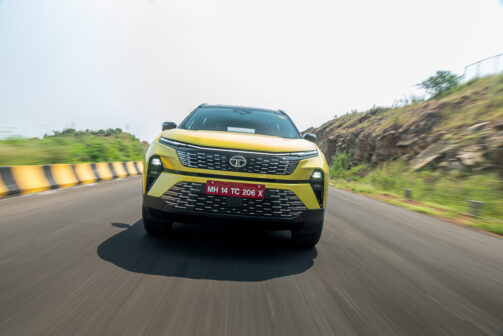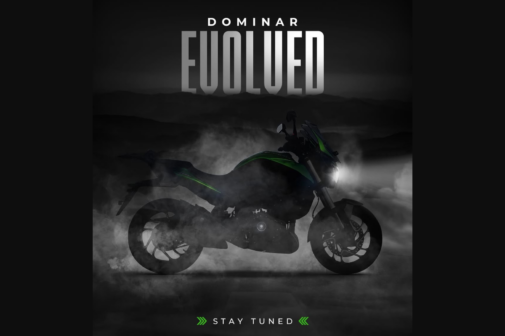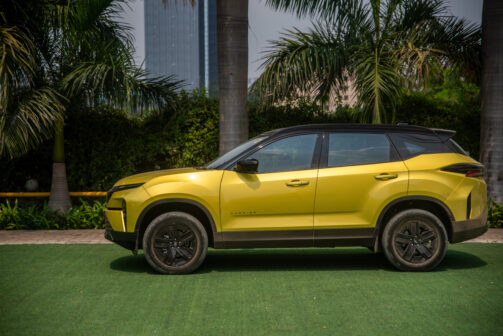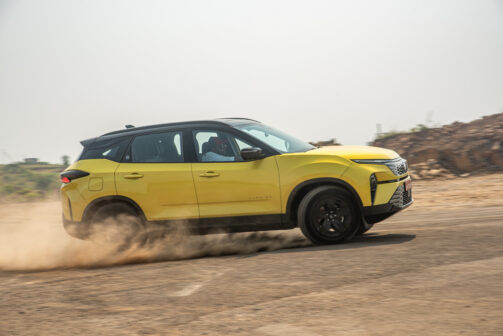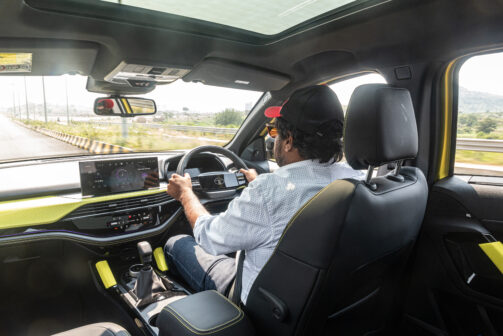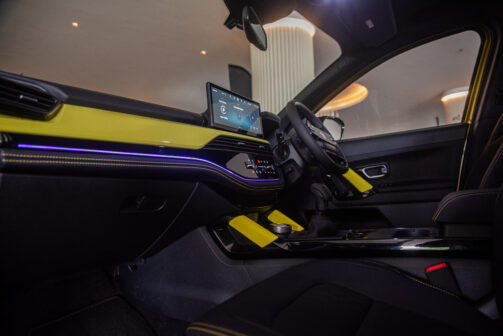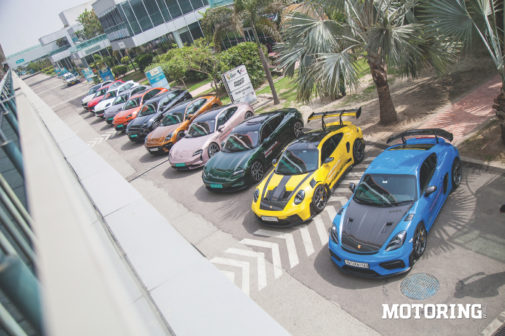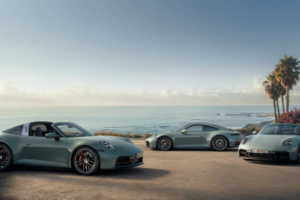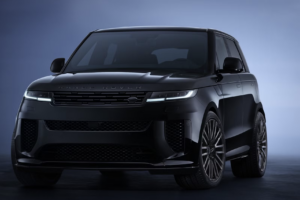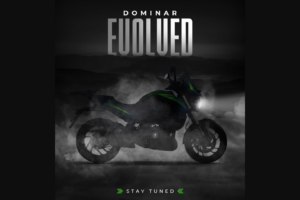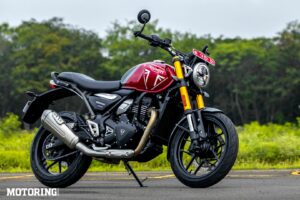Over the past few months, Tata Motors has been on a mission to refresh its entire product portfolio, ensuring that its vehicles stay up-to-date with the latest trends and technologies. While the Harrier and Safari are two models that have retained much of their mechanical prowess of their predecessors, they’ve undergone a transformation in terms of design and tech upgrades.
The Safari has always held a special place in the hearts of SUV enthusiasts in India, and now, Tata Motors wants to reignite that with a fresh new appeal. Let’s not forget about the Harrier, which has got its own dedicated following, especially the #DARK edition models.
View this post on Instagram
The Tata Harrier has undergone a noteworthy design transformation, with key changes to its front end. The new bumper, restyled grille with a distinctive parametric pattern, full-width LED DRLs, and updated headlamps collectively rejuvenate the Harrier’s appearance. The addition of connected LED lighting with welcome and goodbye signatures is a stylish touch. The new ‘fearless yellow’ shade adds a splash of boldness, and the Harrier facelift rides on sleek black 18-inch alloy wheels, with the Dark edition opting for larger 19-inch wheels. The rear view features connected LED tail lamps and an updated bumper design, completing the refreshed look. All of this adds up to a sharp, distinguished profile.
The dashboard has been revamped, too, and now features a layered arrangement with curves at the bottom. It has a touch-enabled climate control panel – similar to the new Nexon – and its central AC vents have been rebuilt. The rotary drive mode selector (with a display) and the redesigned 4-spoke steering wheel with a backlit Tata emblem are two further significant improvements. Depending on the exterior colour you pick, the cabin includes colour-coordinated components. You can see that Tata has really worked hard on the overall fit and finish, because it feels a bit more premium than the previous-gen car.
The feature list has expanded, with the most significant midlife update yet. Dual-zone climate control, a motorised tailboard, powered front seats (six-way for the driver and four-way for the co-driver), ambient lighting in multiple colours, a 12.3-inch touchscreen infotainment system which finally feels as responsive as a smartphone, and a 10.25-inch digital driver’s display are now available for the Harrier. Other notables include a panoramic sunroof, push-button start/stop, ventilated front seats, and wireless phone charging. Personally, the standout upgrade is the introduction of a 10-speaker JBL sound system. It truly shines, delivering remarkable audio quality. Unlike many car audio systems that tend to overemphasize bass, this one strikes a fantastic balance, ensuring clear and crisp audio even at lower volume levels.
The SUV now boasts an impressive seven airbags, with six of them coming as standard, ensuring comprehensive passenger protection. Additionally, the introduction of advanced driver assistance systems (ADAS) has elevated its safety credentials. The ADAS suite now includes features like adaptive cruise control and lane departure warning, contributing to enhanced driving safety. Alongside these, the Harrier offers a 360-degree camera system, an electronic stability program (ESP), and a tyre pressure monitoring system (TPMS), completing its robust safety package. While testing the ADAS on various roads in Pune, one notable aspect was the system’s non-intrusiveness. Unlike some other ADAS systems that tend to be rather aggressive, the Harrier’s ADAS exhibited a more subtle approach.
The Harrier is equipped with the same 2-litre Kryotec diesel engine, available with a six-speed manual or an automatic torque converter unit. This updated BS6 engine generates 168 bhp and 35.69 kgm of torque. During our test with the six-speed manual transmission, we found it to be a suitable match for the car, with it offering smooth shifts and a light clutch. However, it’s worth noting that the engine can get a bit noisy when pushed hard. While we didn’t assess fuel efficiency during this test, we anticipate it will be similar to the previous-generation model.
The Harrier performs best while moving quickly and over lightly broken roads; almost everything in its path is soaked up. It also doesn’t often – if ever – fling its passengers from side to side or even move them around. It does a good job of smoothing out larger bumps as well. Conversely, larger potholes can make the Harrier lose its composure, but not to the point where you start to become concerned. However, more sound insulation for the suspension, specifically the front, is something we would have preferred.
The Harrier is an excellent vehicle to drive over long distances. Not only is the steering light, but it is also swift and has a considerable heft. And it makes manoeuvring the SUV, whether in a city, around curves or while collecting slips on dirt, much simpler. Additionally, it has three drive settings (Eco, City, and Sport), each of which affects how the drive-by-wire throttle responds. It seems appropriate in Eco, but with sports, you’ll be genuinely surprised at the change in performance; further you also feel a slightly increased weight in the steering in Sports mode.
Ultimately, the best SUV for you will depend on your individual needs and budget. If you are looking for a comfortable and affordable SUV with a lot to offer, then the Harrier is a good option to consider. It excels at providing a comfortable ride, spacious interiors, and a reasonable set of features. However, it’s important to note that the car’s engine is not as peppy as some of its competitors, and there’s room for improvement in terms of interior quality in certain areas. The Harrier is a strong contender in its segment, but it’s also worth exploring its competitors, like the Mahindra XUV700, Hyundai Creta, MG Hector Plus, Jeep Compass, and Kia Seltos to find the SUV that perfectly aligns with you.
AUTODATA
Tata HarrierPOWERTRAIN
Displacement:
Max Power:
Max Torque:
Transmission:
1956cc, In-line 4, turbo-diesel
168 bhp@3750 rpm
35.69 kgm@1750-2500 rpm
6-speed MT
TYRES
F/R: 245/55 R19
DIMENSIONS
L/W/H (mm):
Wheelbase:
Ground Clearance:
Kerb Weight:
Fuel Capacity:
4661/1894/1786
2741 mm
205 mm
1825 kg
50 litres
PRICE
TBA





